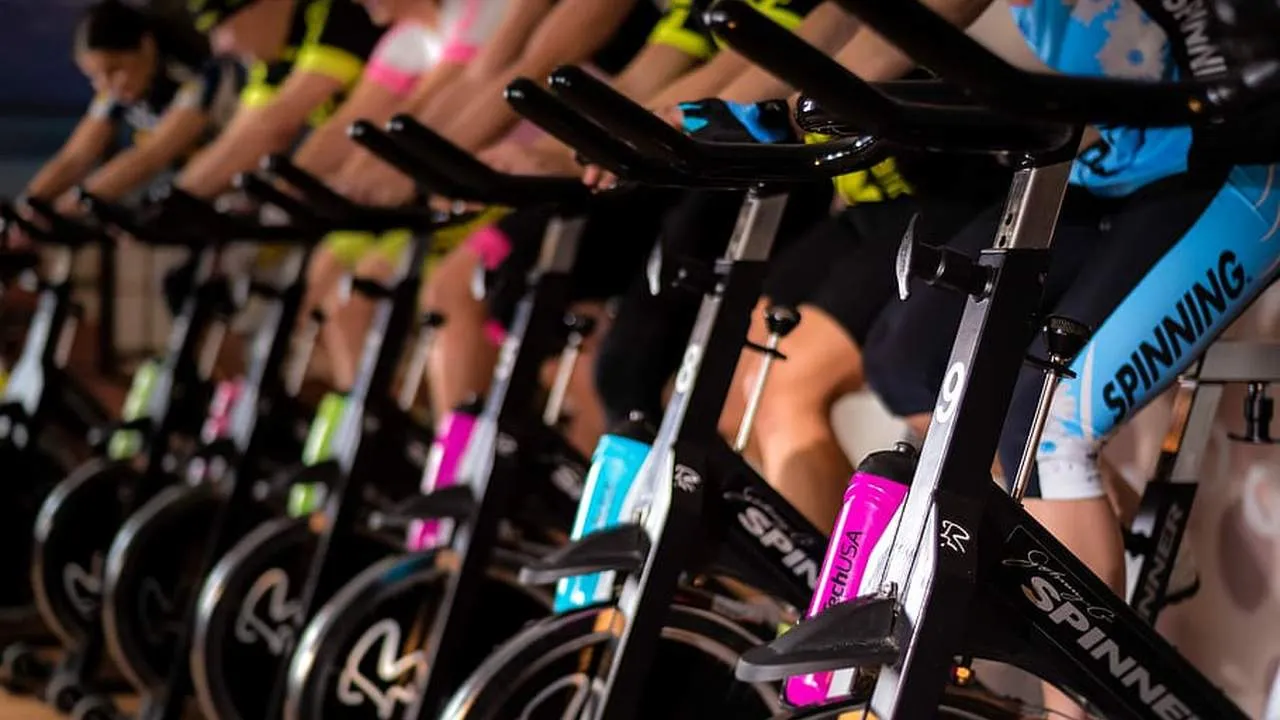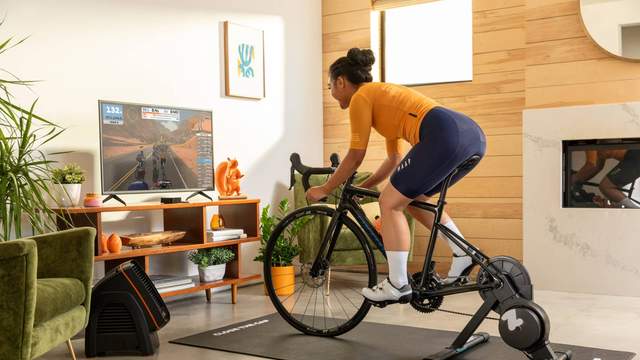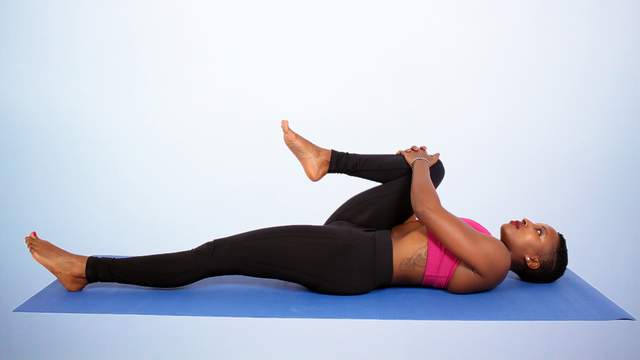Indoor Cycling During Winter: Why It’s the Go-To Fitness Choice

As winter sets in with its freezing temperatures, shorter days, and slippery roads, outdoor cycling can become risky and less appealing. That’s where indoor cycling comes to the rescue. Whether you’re a dedicated cyclist looking to maintain fitness or a beginner seeking a convenient workout, indoor cycling offers a safe, effective, and engaging way to stay active all winter long.
In this article, we’ll explore why indoor cycling is preferred over outdoor riding during the colder months, its benefits and drawbacks, the most popular training apps, and the gear you need to get started.
Why Indoor Cycling is Preferred During Winter
-
Safety Concerns
Winter roads often bring ice, snow, reduced visibility, and unpredictable conditions, which significantly increase the risk of accidents. Indoor cycling removes these hazards, allowing you to train without worrying about slippery surfaces or traffic. -
Comfort and Convenience
Indoor cycling eliminates the need to bundle up in multiple layers of clothing. You can cycle comfortably at home regardless of the weather conditions outside. -
Time Efficiency
With no need to prep your bike for cold, wet conditions or travel to a safe route, you can jump on your indoor trainer and start your workout immediately, saving time. -
Consistent Workouts
Outdoor cycling during winter is often cut short due to weather changes. Indoors, you can stick to your training plan and maintain steady progress.
Benefits of Indoor Cycling
1. Year-Round Fitness
Indoor cycling allows cyclists to maintain endurance, strength, and speed all winter long, preventing the fitness loss that can occur during seasonal breaks.
2. Highly Controlled Environment
You can tailor resistance, duration, and intensity precisely. Unlike outdoor rides affected by wind, traffic, or terrain, indoor cycling is predictable, making structured training much easier.
3. Low Impact but High Calorie Burn
Cycling is gentle on the joints while still offering an effective cardiovascular workout. A 45-minute indoor cycling session can burn up to 400-600 calories.
4. Interactive Training Options
Thanks to apps like Zwift and MyWhoosh, indoor cycling is no longer boring. Virtual rides, online competitions, and scenic routes make the experience engaging and fun.
5. Weather-Proof Training
No excuses—rain, snow, or freezing temperatures won’t affect your ability to hop on the bike.
Drawbacks of Indoor Cycling
While indoor cycling is convenient, there are a few downsides to consider:
-
Lack of Fresh Air and Scenery
Riding outdoors offers a sense of adventure and connection with nature that indoor cycling can’t replicate. -
Heat and Sweat Build-Up
Without wind to cool you down, indoor cycling can feel hotter and sweatier. You’ll need good ventilation and a fan to stay comfortable. -
Cost of Setup
A quality indoor trainer, apps, and gear can be an investment, especially if you opt for smart trainers with advanced features. -
Repetitiveness
Without interactive apps or varied workouts, indoor cycling can become monotonous.
Popular Indoor Cycling Apps
Indoor cycling has been revolutionized by digital platforms, turning solo sessions into interactive, game-like experiences.

1. Zwift
-
What it is: A virtual cycling platform that lets you ride through virtual worlds, complete training plans, and compete with riders from all over the globe.
-
Key Features: Group rides, races, structured workouts, customizable avatars.
-
Why it’s popular: Zwift makes indoor cycling social, fun, and competitive.
2. MyWhoosh
-
What it is: A free-to-use platform offering virtual worlds, structured workouts, and training plans.
-
Key Features: High-quality graphics, performance analytics, and global community events.
-
Why it’s popular: It’s a strong alternative to Zwift with zero subscription fees.
3. TrainerRoad
-
Focus: Power-based, structured training programs designed for serious cyclists who want to improve performance.
-
Why it’s great: It’s data-driven and perfect for those following specific fitness or racing goals.
4. Rouvy
-
Focus: Real-world routes with video footage, allowing you to virtually ride famous climbs and cycling courses.
-
Why it’s unique: It’s great for simulating real outdoor rides.
Gear You Need for Indoor Cycling
-
Indoor Trainer or Smart Bike
-
Wheel-on Trainers: Affordable, but less precise in power measurement.
-
Direct Drive Trainers (Smart Trainers): Offer accurate resistance control and integrate seamlessly with apps like Zwift.
-
Smart Bikes: High-end options that simulate real cycling with adjustable settings.
-
-
Road or Mountain Bike
If using a trainer, you’ll need your regular bike mounted on it. Some cyclists dedicate an older bike as their "indoor bike" to avoid wear and tear. -
Trainer Mat
Protects the floor from sweat and reduces vibration noise. -
Fan
A strong fan is crucial to stay cool and comfortable during intense sessions. -
Heart Rate Monitor or Power Meter
For tracking performance and ensuring you’re training in the right zones. -
Cycling Shoes and Pedals
Clip-in pedals provide better power transfer and efficiency. -
Towel and Water Bottle
Indoor cycling is sweaty work—keep hydration and a towel close.

Tips for Indoor Cycling Success
-
Follow a Plan: Use structured workouts from apps like TrainerRoad or Zwift to stay on track.
-
Mix It Up: Alternate between endurance rides, sprints, and interval training to keep things engaging.
-
Stay Cool: Position a fan in front of you and wear lightweight, breathable clothing.
-
Set Goals: Whether it’s riding a certain distance, improving power output, or completing a virtual event, goals boost motivation.
-
Don’t Skip Warm-Ups: Start with 5-10 minutes of easy spinning before diving into harder efforts.
Who Should Try Indoor Cycling?
Indoor cycling is suitable for everyone:
-
Outdoor Cyclists: To maintain performance during winter.
-
Beginners: It’s a low-risk way to build cardiovascular fitness.
-
Busy Professionals: Indoor cycling offers a time-efficient workout without leaving home.
-
Anyone Avoiding Bad Weather: Perfect for those who dislike cold or unsafe riding conditions.
Final Thoughts
Indoor cycling during winter is not just a backup plan—it’s a highly effective training method that can keep you fit, strong, and motivated when outdoor conditions aren’t favorable. With interactive apps like Zwift and MyWhoosh, engaging workouts, and the right gear, it’s possible to enjoy challenging, fun rides without braving the cold.
If you’re serious about maintaining or improving your fitness, investing in an indoor cycling setup can pay off big time—not just during winter, but all year round.




